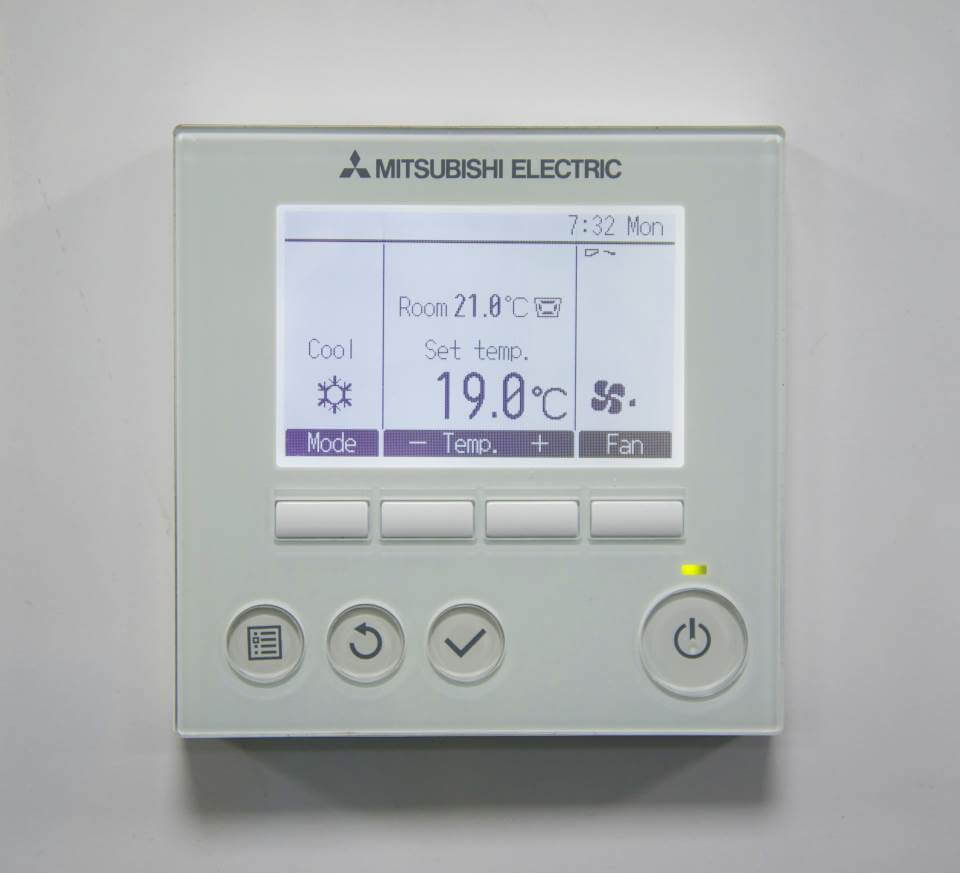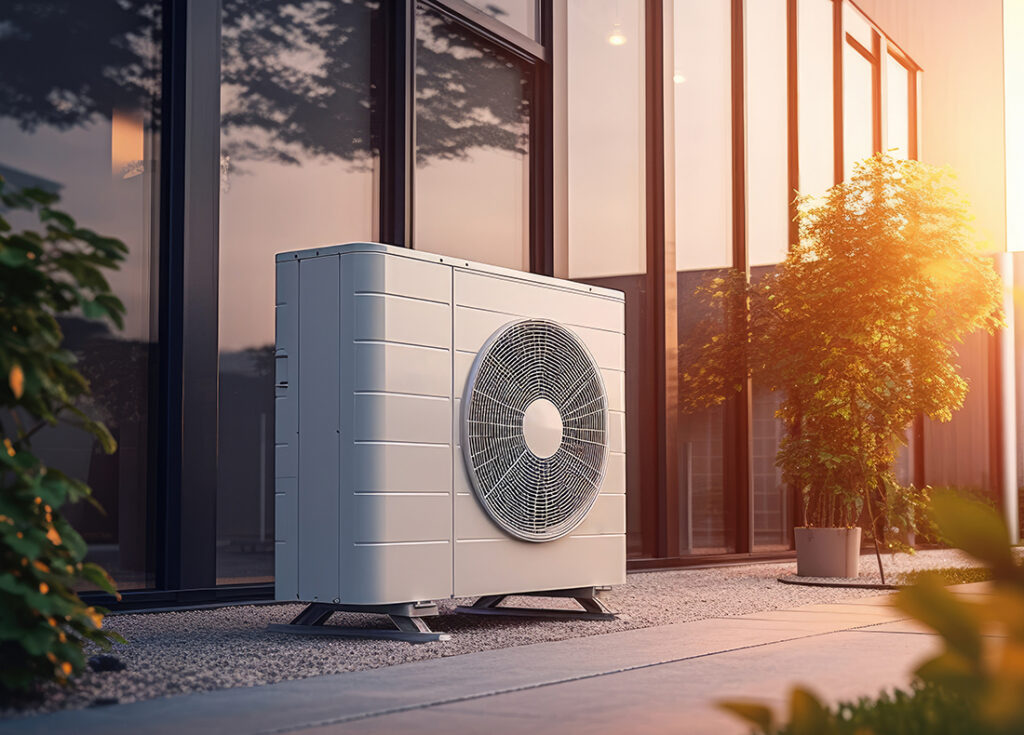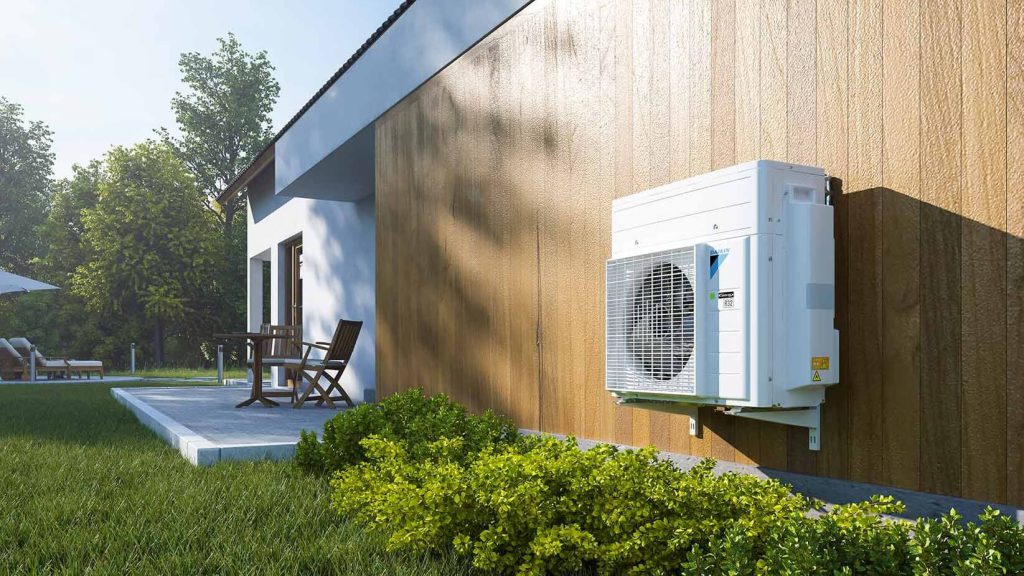Is Your Heating, Ventilation and Air Conditioning Running Hot and Cold?

Estimated reading time 6 minutes
It’s that time of the year again. When the summer months begin and with them comes the warmer weather. Although UK weather can be unpredictable (we’ve all experienced freezing cold days in the depths of summer and warm, even hot days during the autumn) in the summer the average temperature ranges from 9-18°C (which equates to 48-64°F). On occasion the temperature can reach the 30°C+ during a heat wave. According to the New Scientist [with data supplied by the Met office] the warmest day ever recorded in the UK was on July 25, 2019, when temperatures hit 38.7°C in Cambridge at Cambridge University Botanic Garden. This reading beat the previous UK record of 38.5°C which was recorded on August 10, 2003 near Faversham, Kent. When the temperature rises and falls and we start to feel the heat or cold the importance of an efficient heating, ventilation and air conditioning system begins to hit home. There’s nothing worse than being indoors, sitting in an office, or in a restaurant or gym when the outside temperatures start to affect the indoor temperature, in hot weather, creating a hot and sometimes humid, uncomfortable environment or when it’s cold outside, creating a work environment that is anything but conducive to concentrating on your next work task.
Temperature Highs and Lows
Temperatures in the workplace are covered by the UK Workplace (Health, Safety and Welfare) Regulations 1992. Regulation 7 deals specifically with the temperature in indoor workplaces but only states that ‘during working hours, the temperature in all workplaces inside buildings shall be reasonable.’
According to the Approved Code of Practice the minimum temperature in a workplace should normally be at least 16°C. If the work involves rigorous physical effort, the temperature should be at least 13°C.
Even though there is no high temperature limit set by UK law it’s clear that when temperatures get too high they create a very unpleasant workplace for both staff and customers. The Health and safety Executive (HSE) website page on “Thermal comfort” explains that “people working in uncomfortably hot and cold environments are more likely to behave unsafely because their ability to make decisions and/or perform manual tasks deteriorates e.g.:
- people may take short cuts to get out of cold environments
- employees might not wear personal protective equipment properly in hot environments increasing the risks
- an employee's ability to concentrate on a given task may start to drop off, which increases the risk of errors occurring.”
This is backed by a great deal of research which shows that temperature has a direct effect on workplace performance and concentration e.g.
In 2014 the effect of temperature on productivity was investigated in the J Environ Health Sci Eng article "The effect of indoor office environment on the work performance, health and well-being of office workers" found "The effect of indoor room temperature has more influences than the effect of illumination. The effect of indoor temperature has 38.56% of contribution on the performance. The optimum levels of indoor temperature at 21°C and illumination at 1000 lux have improved the work performance and health of office workers."
Lawrence Berkeley National Laboratory’s publication “Effect of temperature on task performance in office environment” showed that “performance increases with temperature up to 21-22°C, and decreases with temperature above 23-24°C. The highest productivity is at temperature of around 22°C. For example, at the temperature of 30°C the performance is only 91.1% of the maximum i.e. the reduction in performance is 8.9%.”
Entrepreneur’s article “Temperature Impacts Workplace Productivity Too” covers a study, led by researchers E. Somanathan, Rohini Somanathan, Anant Sudarshan and Meenu Tewari, at the University of Chicago in the US, which looked at the impact of temperature on worker productivity and absenteeism. The study looked at data from individual workers as well as factories, spanning labour-intensive and highly automated manufacturing processes. They found that work area temperature can have a huge impact on productivity and the value of output declined by about three per cent for every degree above the average temperature.
A Hubspot survey concluded that 29% of workers spend between 10 and 30 minutes each day not working due to an uncomfortable office temperature, while 6% spend more than half an hour each day not working for this reason. Overall, around 2% of office hours are wasted due to temperature alone which could cost the UK economy more than £13 billion annually.
Helen Pedder of ClearSky HR explains “Whether temperatures soar or plummet, unbearable office conditions can have a serious impact on employee health and well-being. Unfortunately the law is left open to misinterpretation by simply stating that employers must provide a ‘reasonable’ workplace temperature”.
What is clear is that employers who get the workplace temperature right will benefit in terms of productivity and in turn ROI. A heating, ventilation and air conditioning system (HVAC) can help maintain a comfortable environment and avoid temperatures that are outside the suggested comfortable temperatures.
What Are the Other Benefits of Having An Air Conditioning System?
Of course having the right air conditioning system doesn’t just give you the ability to control the workplace temperature there are other benefits including:
The quality of air within a building can be improved by an air conditioning system. Air conditioning units can filter out dust, dirt, mould, allergens and other particulates. This can also help to reduce odours. Filtering out particles from the air in turn helps to reduce respiratory problems, allergies, colds and coughs.
Air conditioning systems not only remove heat from the air they also remove humidity too. Humid air within a building can lead to mould and mildew growing which in turn can cause respiratory issues. Where humidity drops too low it can cause throat irritation. An air conditioning system can help to maintain the ideal relative humidity level of between 40 and 60%.
The majority of office computers, laptops, servers, printers etc. generate a great deal of heat. Air conditioning can help to keep this business critical equipment at the right temperature. Leave them in a hot environment and you run the risk of them shutting down when the temperature gets too high.
Today’s air conditioning is energy efficient and after the initial outlay can save businesses money in the long term when it comes to heating or cooling a building.
Synecore For Air Conditioning and Refrigeration and Maintenance
Synecore are approved installers of the industry’s leading office air conditioning products by Mistusbishi Electric, Daikin and Toshiba. We operate throughout Kent, London and the UK, providing commercial and industrial clients with the very best in air conditioning maintenance.
If you’re looking to install a new air conditioning installation for your office, or need to replace an old system contact our team or call on 01795 509 509. We’ll talk you through your options and provide you with expert advice on the right office air conditioning system for your business.



